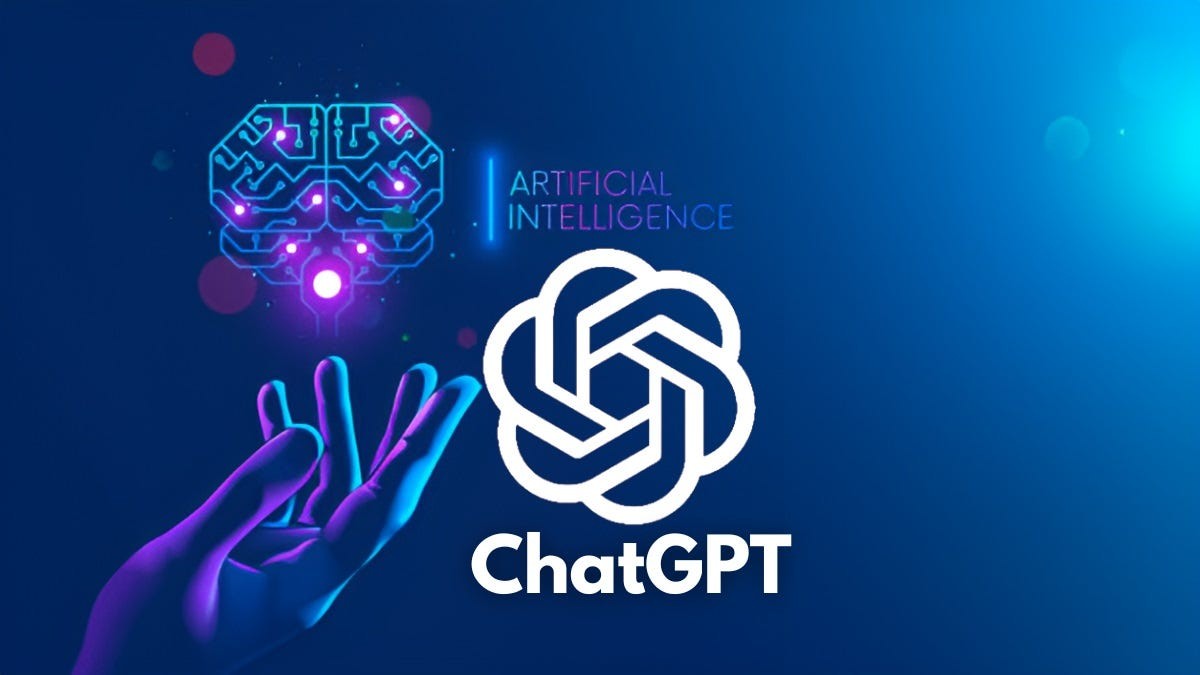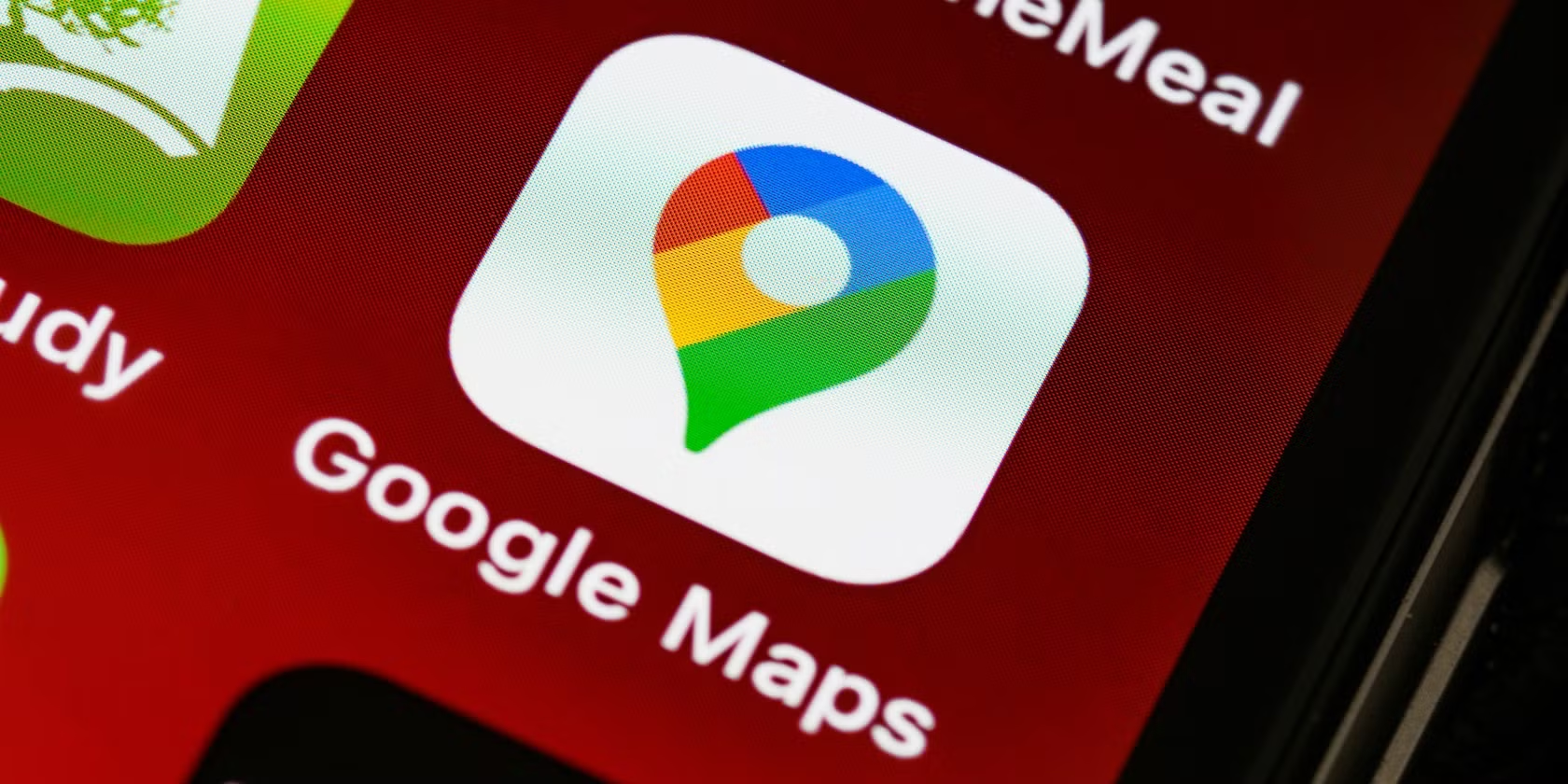OpenAI’s ChatGPT, renowned for its conversational AI capabilities, now includes a groundbreaking read-aloud feature, enhancing accessibility and user experience. This addition is part of OpenAI’s broader initiative to make ChatGPT more interactive, following the introduction of voice and image interaction capabilities.
Key Highlights:
- ChatGPT now supports a read-aloud feature, enabling the app to vocalize text messages.
- Users can select messages to be read aloud, offering a seamless hands-free experience.
- The feature is designed to benefit a wide array of users, including those with visual impairments, multitaskers, and language learners.
- OpenAI has implemented voice and image interaction capabilities, with users now able to engage in conversations using voice commands and inquire about images.

Understanding the Read-Aloud Feature
To access the read-aloud feature, users must update the ChatGPT app to the latest version. After initiating a conversation, simply long-press on a reply and select ‘Speak’ from the context menu. This prompts ChatGPT to vocalize the selected message, with a control bar appearing for navigation.
The Evolution of ChatGPT: Voice and Image Capabilities
OpenAI has significantly expanded ChatGPT’s interaction modes, introducing the ability to engage with the AI through voice and images. Users can now choose from five lifelike synthetic voices for voice interactions, enhancing the conversational experience. The app’s ability to understand and respond to images opens up new possibilities for users, allowing for inquiries and discussions about visual content.
A Step Towards Enhanced Accessibility and Interaction
OpenAI’s introduction of the read-aloud feature to ChatGPT marks a significant advancement in making conversational AI more accessible and versatile. By incorporating voice and image interactions, OpenAI not only broadens the applicability of ChatGPT but also sets a new standard for user engagement in the AI domain.
Expanding Accessibility and Usability
The read-aloud functionality aims to make information more accessible, especially for users with visual impairments or reading challenges. By vocalizing text, ChatGPT can now serve as a more effective tool for disseminating information, providing assistance, and enhancing learning experiences. This feature also benefits users who prefer auditory learning or need hands-free interaction, such as when multitasking or driving.
Broader Implications for Conversational AI
These advancements underscore the evolving landscape of conversational AI, where the focus is shifting towards creating more immersive and multifaceted user experiences. As AI becomes more integrated into our daily lives, the ability to interact with it in more natural and varied ways becomes crucial. OpenAI’s efforts in enhancing ChatGPT’s capabilities reflect a broader trend in the tech industry to develop AI technologies that are not only more powerful but also more user-friendly and accessible to a diverse audience
The introduction of the read-aloud feature, along with voice and image interaction capabilities, signifies a major step forward in the development of conversational AI. By making ChatGPT more accessible and versatile, OpenAI is not only enhancing the user experience but also paving the way for new applications of AI in various fields. These developments are indicative of the potential for conversational AI to become an even more integral part of our digital lives, transforming how we access, process, and utilize information in a myriad of ways.


















